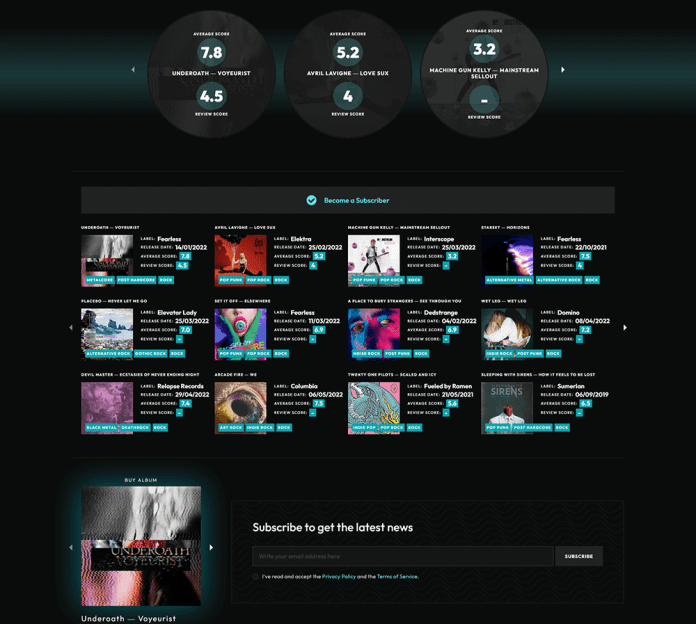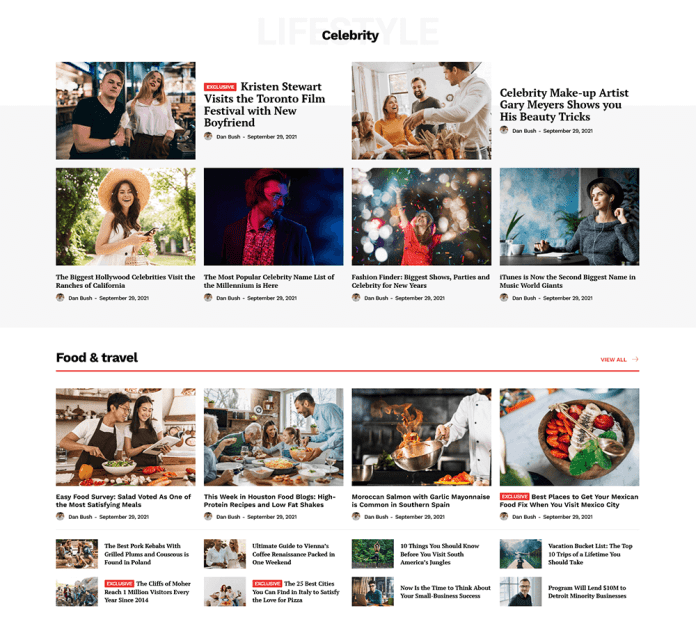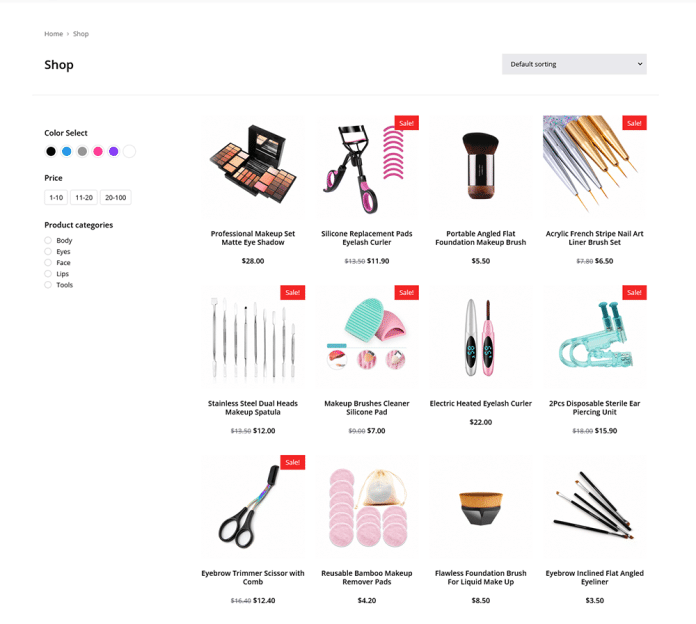Table of Contents
Introduction
If you’re here, you’re genuinely interested in social media marketing jobs. And good for you. Because honestly, it involves more than simply scrolling through job listings—it requires insight, experimentation, and taking action.
In this guide, I’m giving you the inside scoop on each role—from starting positions to data-focused strategist jobs. I’ll show you not just “what,” but also “how”—with real-world examples, tried-and-true methods, and actionable tips for next week.
Sound good? Grab a drink and let’s get started.
1. Social Media Coordinator – Entry-Level Climb
The Role in the Real World
Consider the coordinator as the daily rhythm keeper for your brand. You’ll schedule posts, write captions, select images, and sometimes engage in comments. It’s fast-paced, but perfect for training.
A Typical Day
Morning: assess platform analytics from the last 24 hours.
Noon: plan the next day’s posts—short reels, a blog share, questions for Instagram Story.
Afternoon: moderate comments, answer DMs, forward feedback to the creative team.
Who Thrives in This Role
People who can multitask and notice details. Those who enjoy bringing order to chaos. Social butterflies with spreadsheet skills. Great for recent grads or career changers starting in remote roles.
Real-World Example
Meet Kunal from Delhi: he started as a coordinator for a wellness startup. His bonus? He ran a simple hashtag experiment—switched from generic #yoga to #MindfulMonday—and increased engagement by 20% in one month. That caught the CEO’s attention and boosted his salary to ₹50 K.
How to Apply
Build a portfolio of 5–6 sample posts—use Canva or photos from your own life.
Showcase your planning skills—you don’t need expensive tools; even Airtable works.
Pitch via social media handles—“I’m a creative person who’d love to help manage your feed & community interaction.”
2. Community Manager – Connection Catalyst
Why It’s More Than Just Replies
Community managers foster relationships. They are the person behind the daily group engagement—sparking discussions, summarizing feedback, and knowing when to escalate issues.
Daily Routine
Morning: addressing incoming questions, complaints, or compliments.
Afternoon: encouraging interaction—polls, welcome posts, “who’s your influencer?”
Evening: highlighting user-generated content, organizing weekly threads.
Personality Traits
You’re a people person who’s not afraid of conflict. You know how to turn critics into allies. You care about the tone and safety of your online space.
Real Story
Seema in Bangalore joined a moms’ Facebook group. She introduced “Recipe Wednesdays” and weekly Q&As with nutritionists. Within two months, they doubled membership and engagement—and she got a promotion, all while working from home.
How to Get Started
Join niche Facebook or Discord communities and observe.
Engage—help an admin with a feature or thread.
Create examples—“How I’d improve the X online community.”
Make them aware: “I understand community psychology and crisis management.”
3. Social Media Strategist – The Planner
Why It’s a Professional Role
This is about thinking, not just posting. You are the planner—not the doer. Building campaigns, setting KPIs, and explaining ROI.
Strategic Day
Morning: review last month’s performance—reach, saves, shares.
Noon: plan the next quarter’s theme—“How about a user-journey month?”
Afternoon: collaborate with designers, set briefs, set budget & ad objectives.
Essential Skills
You need CMS knowledge (WordPress, Wix), social media understanding (Meta, Twitter, LinkedIn), and a knack for calendar planning.
Success Story
Rahul joined a startup. He suggested a festival-themed campaign combining reels and Instagram Lives. They saw a 3X increase in subscriptions. He received a ₹1.5L salary increase and transitioned from coordinator to strategist in four months.
How to Become One
Create a “strategy mock-up” for a brand in your niche.
Learn Media Kit spreadsheet and data analysis.
Share ideas on LinkedIn—case-study style insights gain more traction than random memes.
Always connect your ideas to results: audience growth, website traffic, sales.
4. Content Creator – Your Voice, Your Style
What Makes It Special
This role merges creativity with authenticity. You’re not just writing—you’re creating. Reels, TikToks, carousel posts, IG Lives, static content. You determine the tone: funny, serious, storytelling.
Example Daily Workflow
Morning: film a 60-second reel on “5 productivity hacks.”
Noon: edit that reel + cross-post on TikTok and YouTube Shorts.
Afternoon: design a quick infographic in Canva to promote tomorrow’s reel.
Why You Might Love It
Creative freedom. Fast feedback. Potential for personal brand development. And a portfolio that feels real.
Real-World Example
Nitu from Rohtak started her plant care Reels channel. She gained 10k followers in 2 months. Brands paid her ₹25k per IG takeover. Now she’s building multiple income streams: affiliate links, sponsorships, collaborations.
How to Get Started
Align your content pitch with authentic brand stories.
Film 3 reels or carousels with unique angles—listicles, behind-the-scenes, product tutorial.
Show brands your voice.
Use DMs to say: “I love your brand—here’s what I’d do if I made a reel for you tomorrow.”
5. Paid Social Specialist – Ads & Growth Accelerator
Role Defined
You’re focused on numbers—CTR, CPC, CPM, ROAS. You’re the specialist who makes the ad convert.
Example Workflow
Morning: assess the previous night’s ads and quickly pause underperforming ones.
Noon: run split tests with new ad copy and visuals.
Afternoon: fine-tune audience targeting—interests, lookalikes, exclusions.
Why Being Paid for It
Advertiser success is directly linked to revenue. A strong ad strategy usually leads to high-paying retainers, ranging from ₹50k–₹200k/month.
True Story
Pooja built an ad funnel for a subscription service—they gained 1,000 new members in a month. She billed ₹1L for campaign execution and now manages numerous such funnels monthly.
Steps to Get There
Get certified: Meta Blueprint, Google Ads
Run a small campaign for yourself—even ₹500 can help you learn
Document your results, ROI
Pitch using a case study format—problem, process, performance
Offer retainers or combine creative writing + ad management
6. Influencer Marketing Specialist – Storytelling in Partnership
The Role Decoded
You connect brands with creators who share their values. You negotiate, coordinate content, track performance, and cultivate lasting brand-influencer relationships.
How a Day Might Look
Morning: research new influencers—niche-aligned.
Noon: send out campaign creative briefs and budgets.
Evening: analyze what’s working, what’s not, and which influencer to work with next.
Why It’s Lucrative
You’re managing people, creativity, and metrics. This multi-faceted skill set results in high retainers and repeat projects.
Case Insight
Vineeta joined a sustainable clothing brand. She organized a 5-influencer campaign over three months. The brand saw a 30% sales increase. She earned ₹120k (with bonuses) on a single gig—and now works with them regularly.
How to Start
Make a list of niche creators + their audiences + why they’d fit brands
Pitch flexible campaigns—”not one-and-done,” but “let’s build ongoing influence”
Use numbers—reach, engagement, story views
Your value: storytellers who “care enough to find the right voices”
7. Social Media Analyst – The Data Interpreter
Role Overview
You’re not creating; you’re analyzing. You spot patterns, explain what occurred, and propose what’s next.
What a Day Looks Like
Morning: review weekly reports, see which posts underperformed.
Afternoon: A/B test trending vs. evergreen content.
Evening: give advice on next month’s plan based on data patterns.
Why it’s In-Demand
No brand invests without understanding ROI. You’re the checkpoint: when we pay X, we get Y. For that reason, analysts are highly paid.
Success Snapshot
Anil, a consultant, found that evergreen content posted at 11 a.m. had 40% higher saves and Saves-to-Reach rates. He charged ₹1L for a performance audit and a monthly ₹40k retainer for continuous analysis.
How You Can Stand Out
· Build dashboards in Google Data Studio
· Collect datasets using APIs—Facebook, Instagram metrics
· Showcase pattern recognition publicly—LinkedIn is great
· Create reports that say: “Engagement rose 15% after this edit”
· Keep up with social trends—audio, reels, gamification
Universal Growth Tips – What Unites All Roles
· Niche down early: sustainable clothes? wellness? fintech? Niche = clarity = less competition
· Portfolio is your asset: even practice work helps convince clients
· Start small, aim for consistency: a ₹20k/month client helped me quit my day job
· Testimonials matter: request feedback after every project
· Continuous learning: LinkedIn Learning, Coursera, Meta courses
· Pricing models: hourly, flat rates, performance-based retainers—find what suits you
Case Studies
A. From Coordinator to Strategist
Riya got an Instagram page gig, created sample carousels, monitored analytics, proposed Reel experiments—and progressed into strategy—now at ₹150k/month.
B. Ghostwriting to Thought Leadership
Jatin started business writing on LinkedIn. His ghostwritten profiles got 500k views. He now charges ₹30k/article and is mentioned in newsletters.
C. Paid Ads Efficiency Gains
Pooja’s initial ₹500 test funnel for a nutrition course led to a 22% conversion rate. She earned ₹120k for running full-funnel ads. Clients now are on retainer.
Key Takeaways
· Show tangible results
· Present ROI, retention
· Niche helps with authority
Conclusion: Your Roadmap to Remote Success
If you’re serious about social media marketing jobs, this detailed guide is for you. You have a range of roles—from coordinator to analyst to influencer specialist. You have growth stories and useful resources.
Start by choosing one role. Build real samples, pitch, create an impact, ask for testimonials. Utilize LinkedIn, email outreach, and free value to get opportunities.
Social media marketing jobs involve creating, managing, and analyzing content on platforms like Instagram, LinkedIn, Twitter, and TikTok to build brand awareness, engage audiences, and drive traffic or sales. Roles range from content creators and strategists to ad specialists and community managers.
Key skills include content creation, copywriting, analytics, knowledge of tools like Hootsuite and Canva, understanding platform algorithms, community engagement, basic SEO, and the ability to stay on top of digital trends.
You can find jobs through LinkedIn, Upwork, Internshala, job boards like Naukri, and social media communities on Discord or Twitter. Many brands also hire directly through networking and referrals.
In India, salaries range from ₹3–6 LPA for entry-level roles and up to ₹30 LPA+ for senior positions. In the US, entry-level starts around $45K, with experienced professionals earning over $100K annually.
Absolutely! Many social media jobs are remote-friendly, especially freelance, content creation, and ad management roles. Even full-time positions now offer hybrid or fully remote options.
While a degree in marketing or communication helps, it’s not mandatory. Recruiters prioritize skills, portfolio, certifications (Google, HubSpot, Meta), and real-world experience over formal qualifications.
Start by learning the basics of content strategy, posting regularly, and building a personal brand. Create a portfolio, take internships, upskill with certifications, and stay active in digital marketing communities.
Industries like fashion, FMCG, tech, hospitality, education, finance, entertainment, and even healthcare hire social media marketers to boost online presence and audience engagement.



